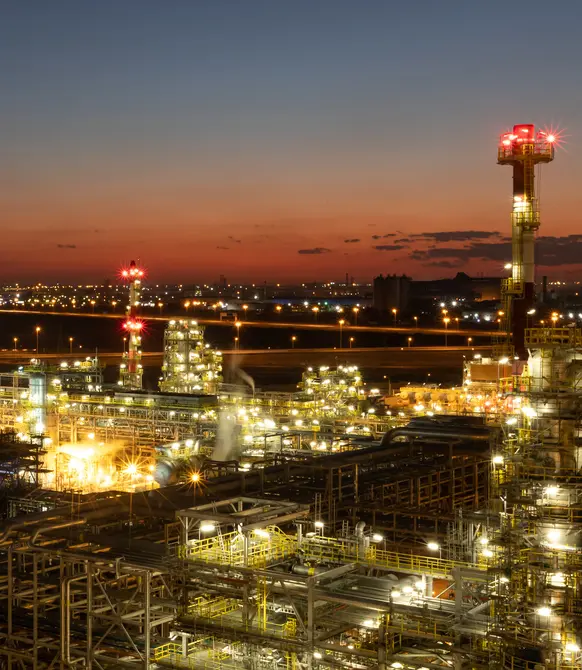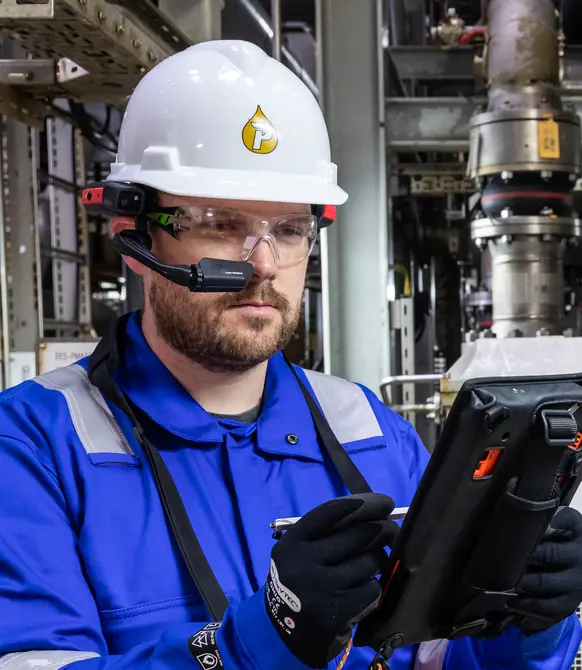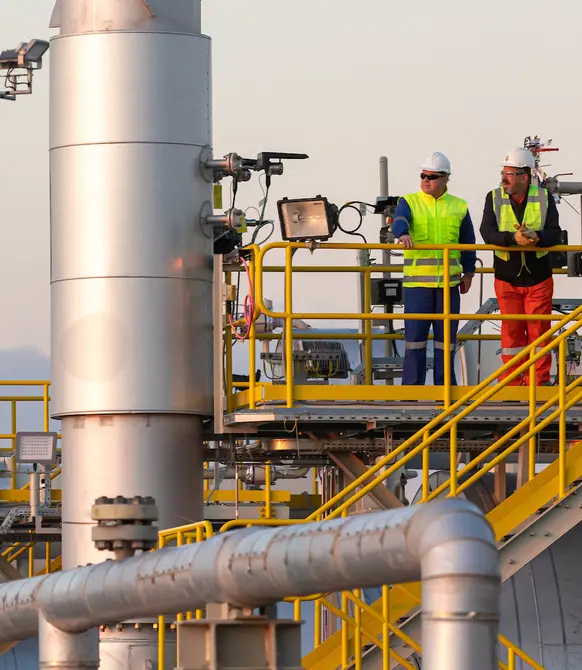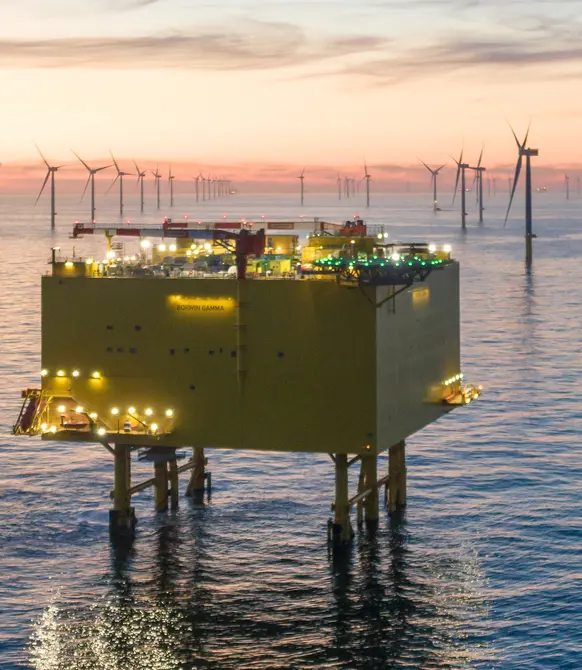Decommissioning: if you put off the inevitable, cost and complexity can escalate
An important aspect of the energy transition is the decommissioning of existing oil and gas assets, and we have emerged as a leading player. We speak to Nick Shorten, our Chief Operating Officer for the Asset Solutions business, about the market and how it is set to evolve.
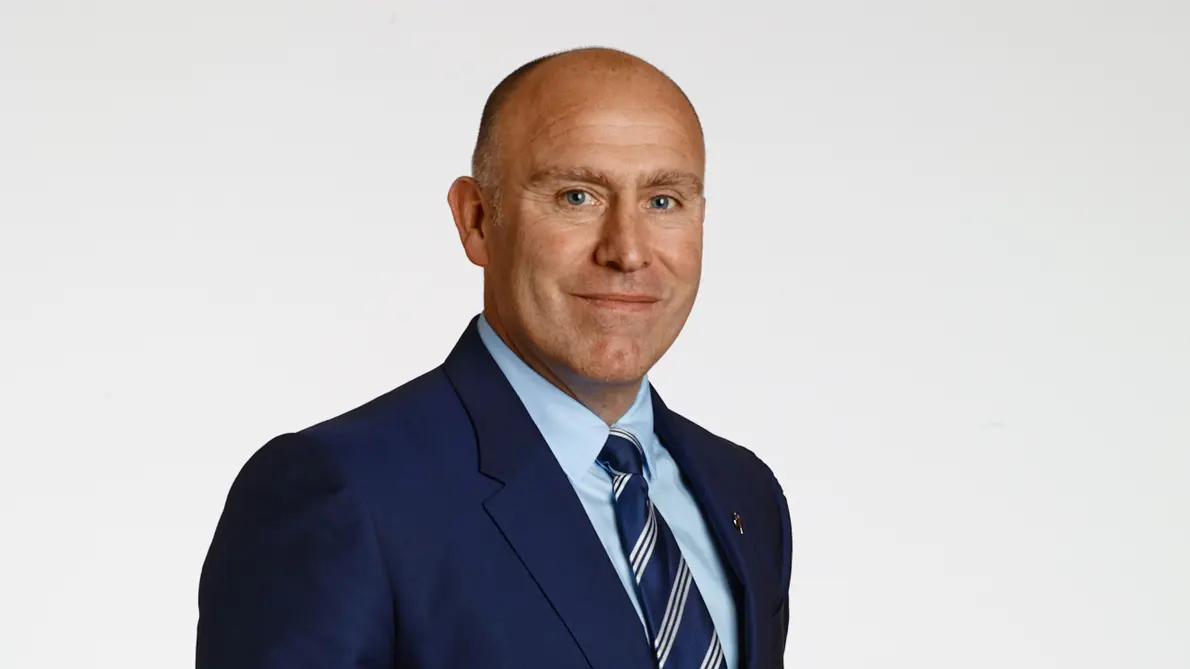
Nick Shorten, Chief Operating Officer, Asset Solutions
How would you characterise the global decommissioning market?
The decommissioning and repurposing of existing oil and gas assets are key enablers of the global energy transition. According to industry estimates, the offshore decommissioning market exceeded US$10 billion in 2022, and it’s expected to grow at more than 6% a year for the next decade at least.
So, it’s already a large market, and it’s a rapidly growing market. The trouble is, it’s an activity many asset owners dread. It tends to be high-cost and high-risk, it’s highly regulated, and there’s no financial return. So, understandably, people are tempted to put it off until the last minute.
That’s an issue for our industry. Because the sooner the decommissioning phase is addressed, the safer, more cost-effective, and more predictable it becomes. And what we’re trying to do at Petrofac is to change the mindset, driving more integration between late-life asset management and decommissioning – so the former becomes more productive, the latter becomes more predictable, and everything becomes more carbon efficient.
How about Petrofac’s position in the market? What are your credentials?
We are the first and only tier-one global contractor with the in-house capability to manage all well engineering, late life, and asset decommissioning phases. We are also heavily active in the North Sea, which is one of the world’s most mature basins, one of the most innovative, and the place where many new approaches to decommissioning are developed and proven.
But we don’t think of decommissioning as a discrete activity. We are also an operator, and we bring an operator’s mindset to the task. The ideal project for us is one that also entails late-life asset management – so we can squeeze every last drop of economically viable production from the asset while simultaneously planning for its managed decline, identifying those components that can be repurposed or re-used, and working out the details of the eventual plugging and abandonment and, ultimately, the removal of all infrastructure.
Of course, not all projects work out like this. We’ve seen several scenarios where a field has ceased production, and the infrastructure has been left to decay. That’s when cost and complexity can really escalate and typically, we have to do significant remedial work to make things safe before the actual decommissioning begins.
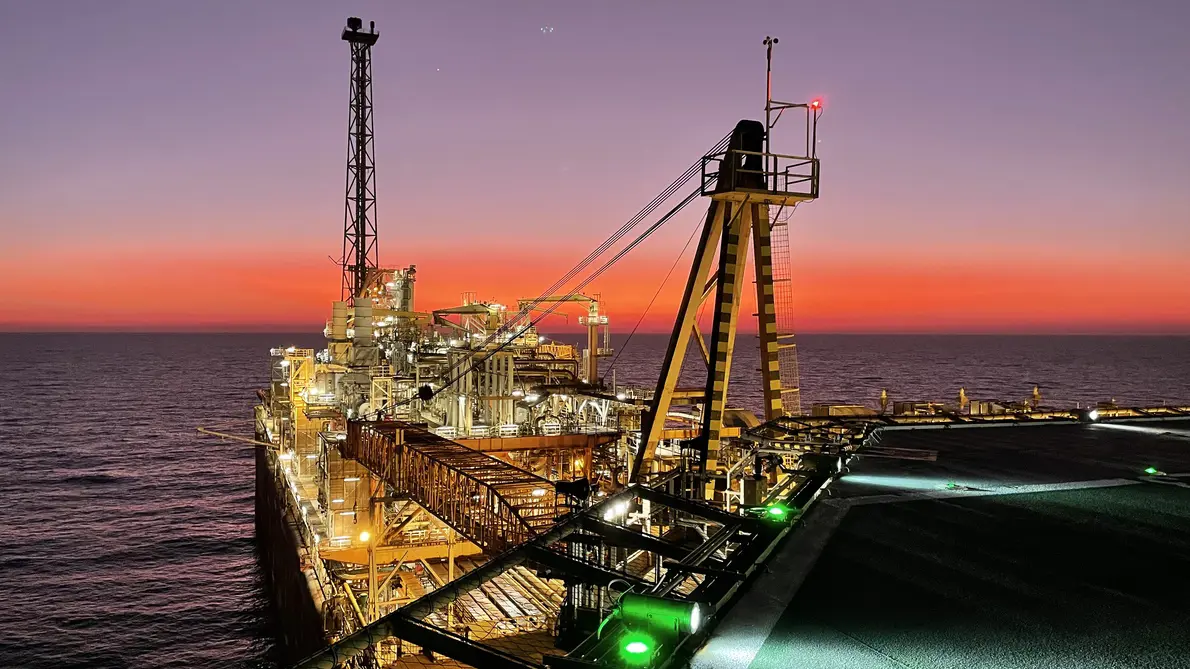
Northern Endeavour, Australia
Can you give us some tangible examples?
We have experience across the whole gamut, from discrete services like well engineering to bundled services like well decommissioning, cleaning and flushing to more integrated and turnkey solutions. And we’ve found, time and time again, that the more integrated the approach, the greater the benefits and the lower the costs.
Again, we’ve got deep experience in the mature basins of the North Sea, where we’ve worked on projects for clients such as bp, Tullow, and Hess. More recently, we’ve been taking that expertise worldwide, including to the Northern Endeavour project on behalf of the Australian government and to several fields in the Gulf of Mexico, again for bp – a project that was recently highlighted by the North Sea Transition Agency (NTSA) as an example of global best practice.
How about the future? What trends are we likely to see?
We’re already seeing different regions and adjacent sectors competing for the same decommissioning teams, facilities and equipment. That’s driving higher cost. It also pushes out the timescales. And a lot of what we are seeing in the market is a response to this situation.
In the North Sea, for example, we are beginning to see a more joined-up approach between asset owners. As well as being more active and open in sharing lessons learnt, which reduces cost, we believe they will take integration to another level, with two or more operators collaborating on their decommissioning plans with a view to sharing teams and facilities.
We are also seeing a more mature approach to contracting models, which addresses the inherent risks and uncertainties of any decommissioning project. By aligning the interests of all parties and sharing the risks more equitably, everyone can work together towards a mutually beneficial end goal.
Once again, these approaches are set to be exported worldwide to supercharge abandonment and decommissioning expenditure (ABEX) efficiency, reduce risk and uncertainty, and drive predictable delivery.
This article was originally featured in ADIPEC News Show Daily - Day 2.


